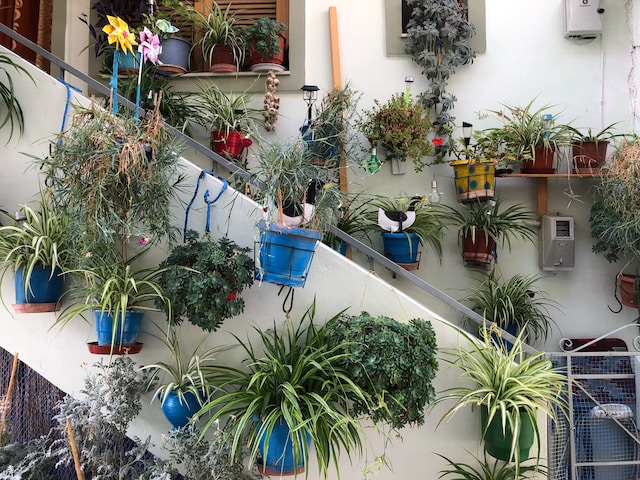Container gardening is rapidly gaining popularity among urban green thumbs, particularly among microgreenhouse enthusiasts, sweeping across America. The combination of scarce space and a penchant for greens has bridged an interesting fusion called microgreenhouses. Here, container gardening is morphing into an art – an elegant and sustainable solution to urban gardening woes. From utilizing vertical space, optimizing container arrangement, to exploring aquaponics, let’s delve into some intriguing container gardening ideas for your microgreenhouse.
Utilization of Vertical Space
Working with limited space in your microgreenhouse requires strategic planning to maximize every inch. Solution: Vertical gardening. Instead of scattering containers horizontally, stack them vertically. This can be achieved using shelves, hanging baskets, and trellises. By growing plants vertically, we can utilize air space, allowing more plants to grow within the same square footage. Great for the borders of your greenhouse or even the central space, vertical gardening can transform your microgreenhouse into a lush jungle.
Selecting Suitable Containers
Finding the right container is critical in microgreenhouse assembly. The size and type of container directly affect the plant’s growth. Terracotta pots are fantastic for their porosity but bear in mind, they can dry out quickly. On the other hand, plastic pots sustain moisture but risk water-logging. Wooden containers are eco-friendly but consider their lifespan in damp conditions. Measure the space available, observe your plants’ needs and act accordingly, a square pot can accommodate root vegetables whilst a raised bed can beckon larger greens.
Essential Tips for Arranging Containers
Arranging the containers inside your microgreenhouse is both a science and an art. Start by grouping similar plants together which have the same light and water requirements. Then arrange them based on their height, placing taller plants at the back to avoid shading smaller plants. Also, remember to allow enough space for efficient air circulation around each container, which is crucial to prevent diseases. The result is an aesthetically pleasing and functional garden within your microgreenhouse.
Pursuing Aquaponics
Aquaponics, known as the marriage between hydroponics and aquaculture, offers an exciting approach to container gardening. This system contains a fish tank and growing beds, featuring a symbiotic relationship between plants and fish. Fish waste provides the ideal nourishment for the plants, while the plants filter the water, benefiting the fish. Aquaponics, albeit demanding detailed establishment, offers an innovative method for sustainable microgreenhouse farming.
Mastering the art of Companion Planting
Companion planting in containers is a crafty technique that involves growing two or more plant species in proximity which favorably interact with each other. This method is often employed for pest management, maximizing use of space, and increasing crop productivity. A popular pairing is tomatoes with basil; the latter repels insects, benefiting the former. Roommates in the garden can occasionally be more than just space fillers.
Importance of Proper Drainage
Without appropriate drainage, container gardens run the risk of becoming waterlogged, leading to root rot and plant death. Hence, its crucial to have containers with holes at the bottom to allow excess water to escape. Also, placing a layer of small stones at the bottom before adding soil can enhance drainage, ensuring your plants remain healthy to thrive in their microgreenhouse environment.
The Science of Layering Soil
Layering soil is another vital, yet often overlooked aspect of container gardening. Each layer plays a specific role in assisting plant growth. Start with a heavy and nutrient-rich layer at the bottom for anchoring roots. Follow this with a layer of lighter, easy-draining soil for root expansion. The topmost layer should consist of mulch or compost for preventing moisture loss and enhancing nutrient supply. Remember, soil is your plant’s lifeline – handle it wisely.
Container gardening within a microgreenhouse lends the opportunity to paint a green canvas with your botanical palette. Its all about understanding your plants, appreciating their individual needs, and creating a nurturing environment. So dive into these exciting ways of gardening, bring in your creative twists, and watch your microgreenhouse flourish into a paradise.

